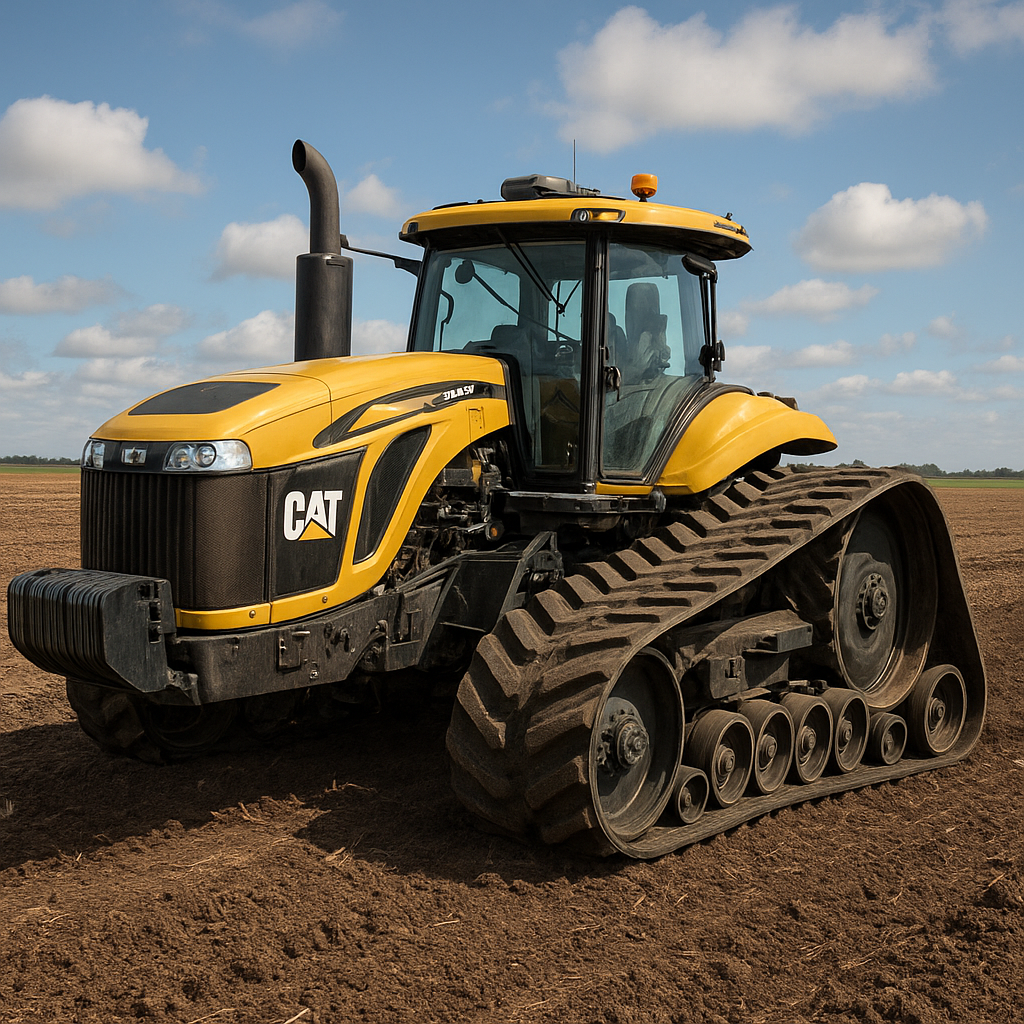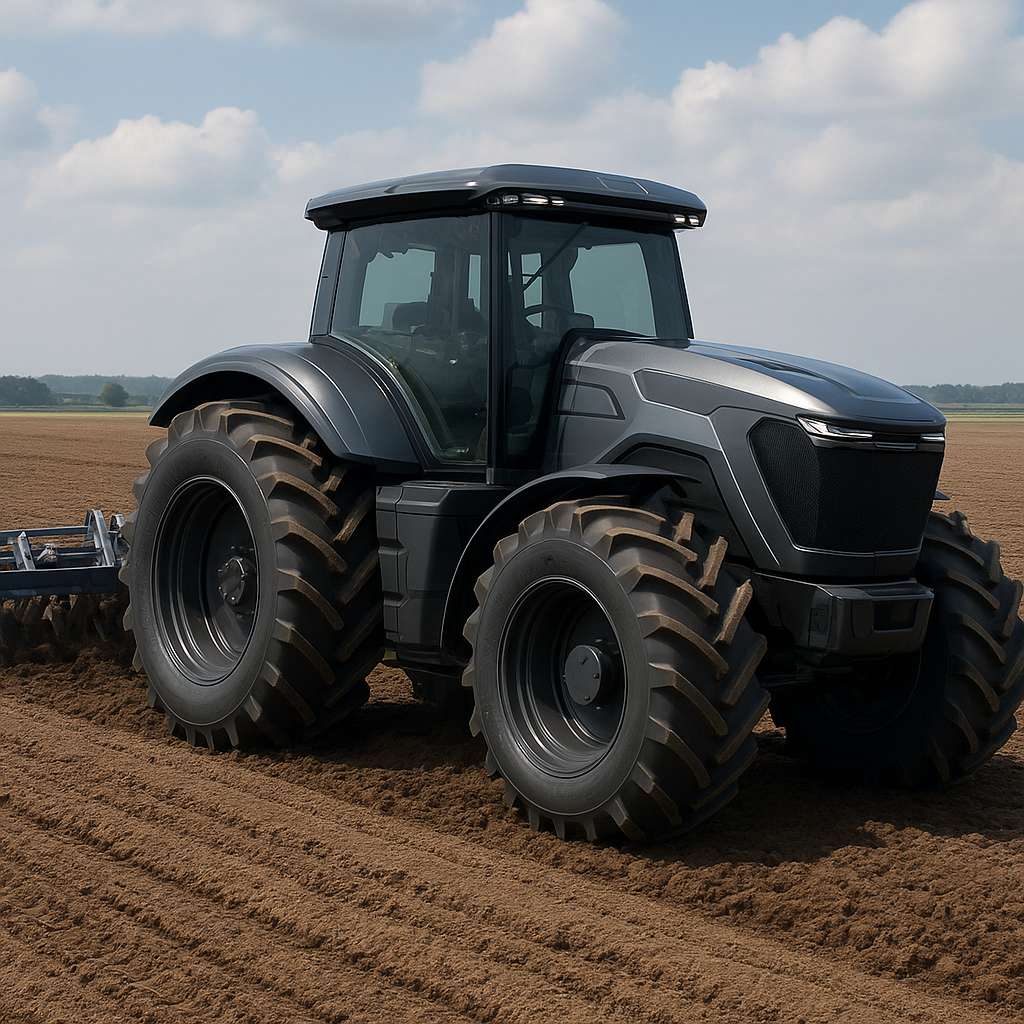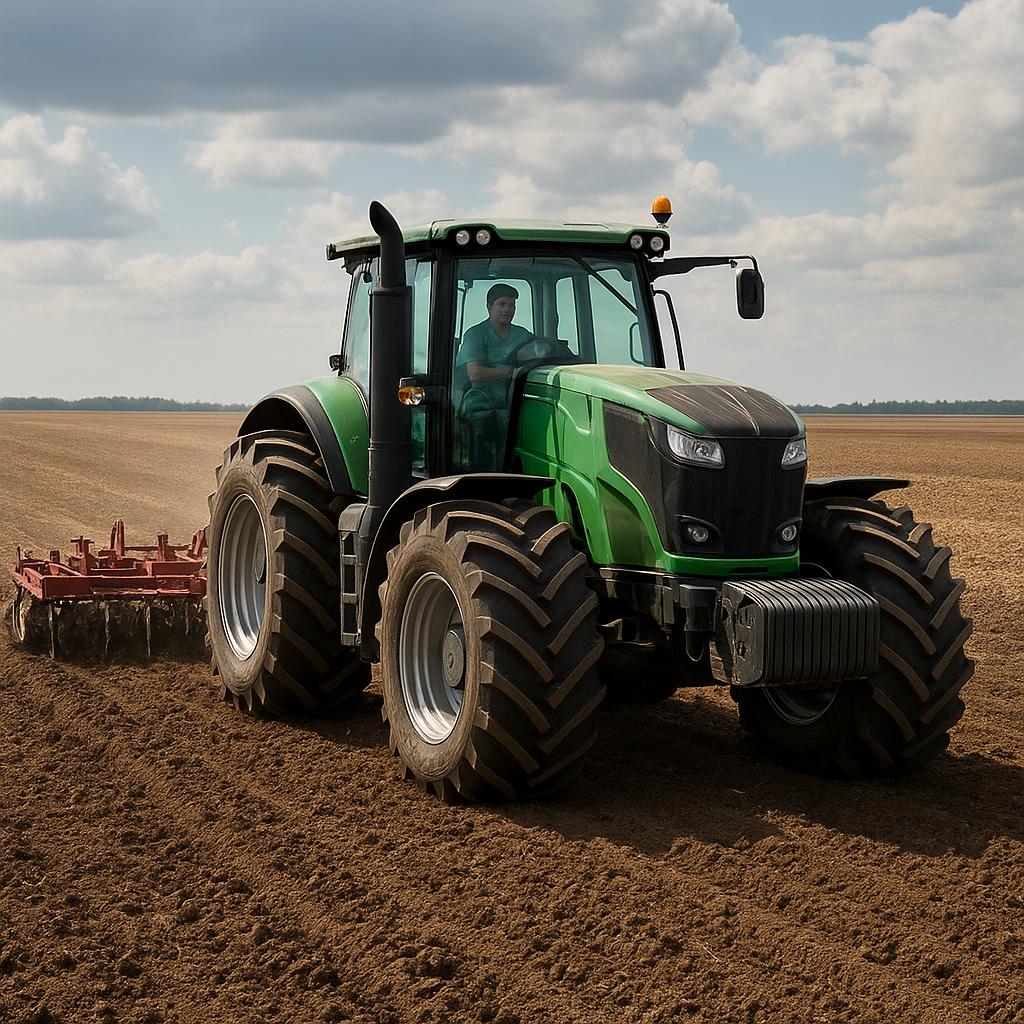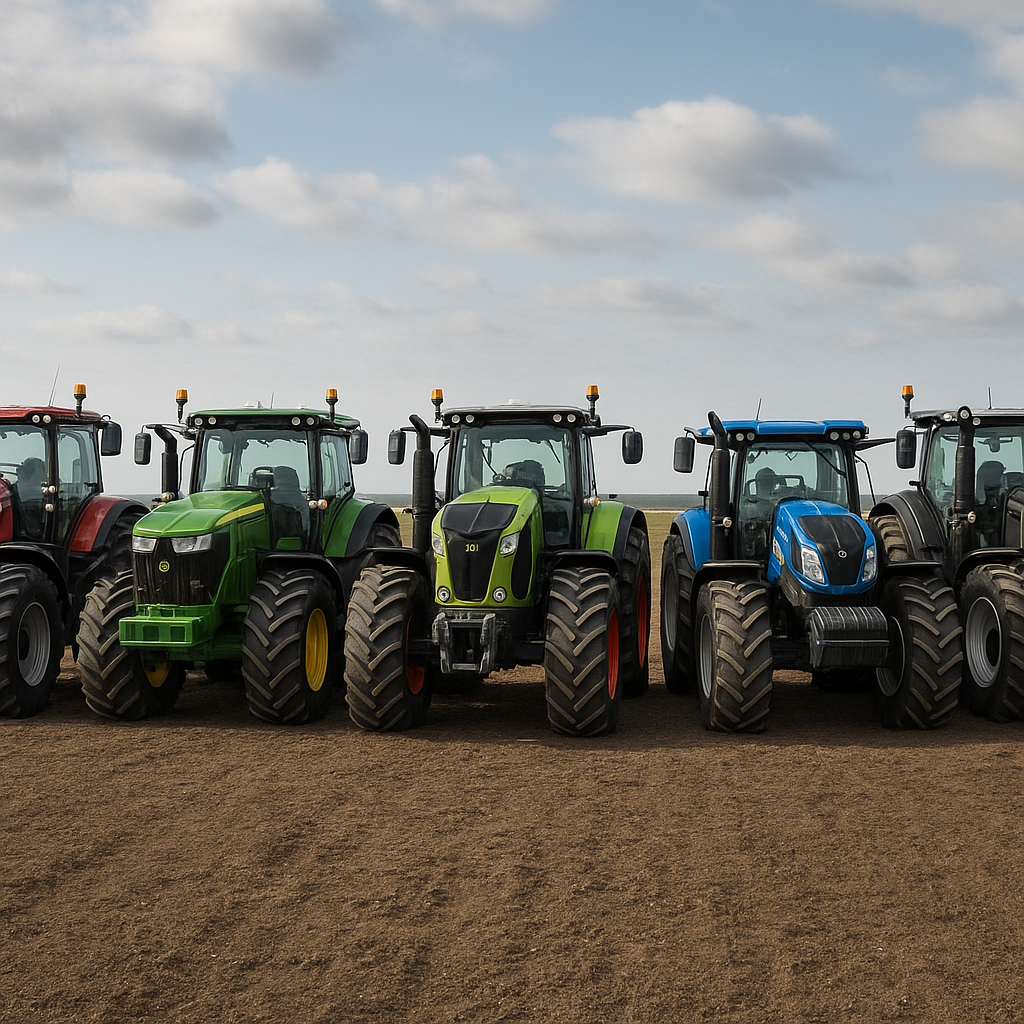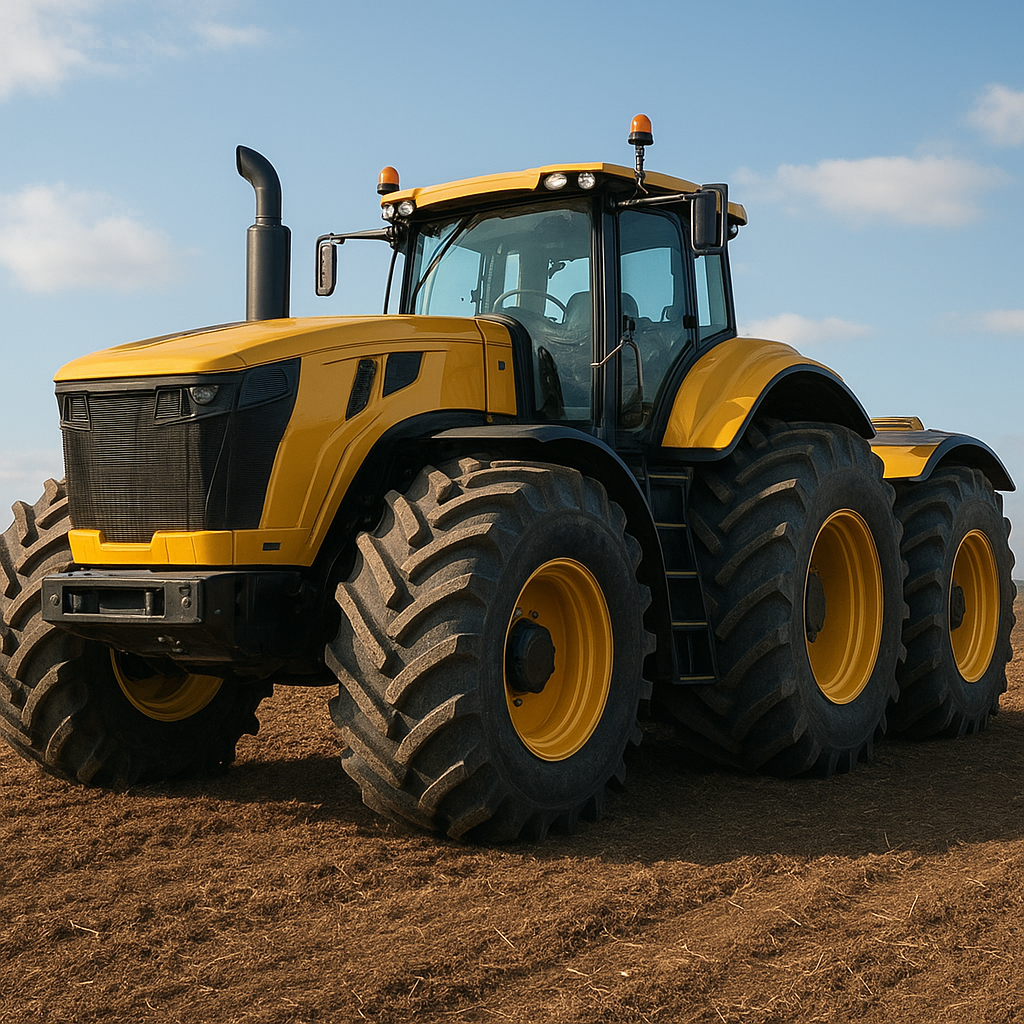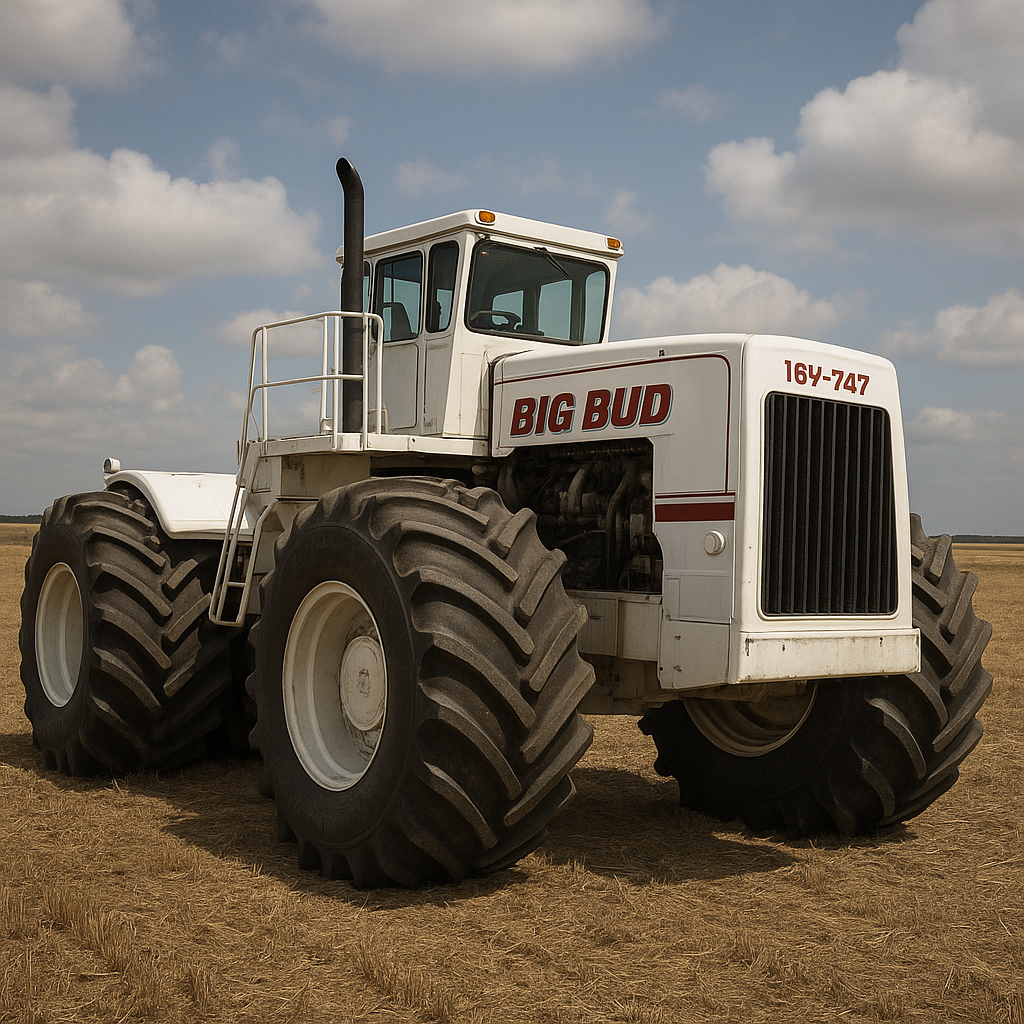Two-wheel drive (2WD) tractors have long been a staple in the agricultural industry, known for their simplicity and effectiveness in handling light tasks. These machines, while not as powerful or versatile as their four-wheel drive (4WD) counterparts, offer a range of benefits that make them indispensable for certain farming operations. In this article, we will explore the features, advantages, and common uses of 2WD tractors, as well as compare them to other types of tractors to provide a comprehensive understanding of their role in modern agriculture.
Features and Advantages of Two-Wheel Drive Tractors
Two-wheel drive tractors are characterized by their drivetrain configuration, where only the rear wheels are powered. This design offers several distinct features and advantages that make 2WD tractors a popular choice for specific agricultural tasks.
Simplicity and Cost-Effectiveness
One of the primary advantages of 2WD tractors is their simplicity. With fewer components and a less complex drivetrain, these tractors are easier to maintain and repair. This simplicity translates to lower initial purchase costs and reduced long-term maintenance expenses, making 2WD tractors an economical choice for small to medium-sized farms.
Fuel Efficiency
Due to their lighter weight and less complex drivetrain, 2WD tractors tend to be more fuel-efficient than their 4WD counterparts. This increased fuel efficiency can result in significant cost savings over time, particularly for farmers who use their tractors for extended periods or over large areas.
Maneuverability
2WD tractors are generally more maneuverable than 4WD tractors, thanks to their lighter weight and simpler design. This increased maneuverability makes them well-suited for tasks that require precise control, such as cultivating row crops or working in confined spaces like orchards and vineyards.
Versatility for Light Tasks
While 2WD tractors may not have the same level of power and traction as 4WD tractors, they are highly effective for a range of light tasks. These tasks include mowing, light tillage, planting, and transporting materials around the farm. For farmers who primarily need a tractor for these types of activities, a 2WD model can be an ideal choice.
Common Uses of Two-Wheel Drive Tractors
Two-wheel drive tractors are versatile machines that can be used for a variety of agricultural tasks. Below, we will explore some of the most common applications for 2WD tractors and how they contribute to efficient farm operations.
Mowing and Landscaping
One of the most common uses for 2WD tractors is mowing and landscaping. These tractors can be equipped with a variety of attachments, such as rotary mowers, flail mowers, and finish mowers, to handle different types of vegetation and terrain. Their maneuverability and fuel efficiency make them well-suited for maintaining pastures, lawns, and other grassy areas.
Light Tillage and Soil Preparation
2WD tractors are also commonly used for light tillage and soil preparation tasks. While they may not have the power to handle heavy-duty plowing or deep tillage, they are effective for tasks such as disking, harrowing, and cultivating. These activities help prepare the soil for planting by breaking up clods, incorporating organic matter, and creating a smooth seedbed.
Planting and Seeding
Another important application for 2WD tractors is planting and seeding. These tractors can be equipped with various types of planters and seeders to efficiently sow crops. Their precision and maneuverability are particularly beneficial for planting row crops, where accurate spacing and depth are crucial for optimal growth and yield.
Material Handling and Transport
2WD tractors are often used for material handling and transport tasks around the farm. With the addition of front-end loaders, trailers, and other attachments, these tractors can move hay bales, feed, equipment, and other materials with ease. Their simplicity and reliability make them a dependable choice for everyday farm chores.
Comparing Two-Wheel Drive Tractors to Other Types of Tractors
While 2WD tractors offer many benefits, it is important to understand how they compare to other types of tractors, such as 4WD and tracked models. Each type of tractor has its own set of advantages and disadvantages, and the best choice depends on the specific needs and conditions of the farm.
Four-Wheel Drive (4WD) Tractors
4WD tractors are known for their superior traction and power, making them well-suited for heavy-duty tasks and challenging terrain. With all four wheels powered, these tractors can handle steep slopes, muddy fields, and other difficult conditions with ease. However, 4WD tractors are generally more expensive to purchase and maintain than 2WD models, and they may not be as fuel-efficient or maneuverable.
Tracked Tractors
Tracked tractors, also known as crawler tractors, use continuous tracks instead of wheels to provide exceptional traction and stability. These tractors are ideal for working in soft or wet soils, where wheeled tractors might struggle. Tracked tractors can also reduce soil compaction, which is beneficial for maintaining soil health and crop productivity. However, they are typically more expensive and complex than both 2WD and 4WD tractors, and their tracks can be more challenging to maintain and repair.
Conclusion
Two-wheel drive tractors are a valuable asset for many farmers, offering a combination of simplicity, cost-effectiveness, fuel efficiency, and maneuverability that makes them well-suited for a range of light agricultural tasks. While they may not have the same level of power and versatility as 4WD or tracked tractors, 2WD models excel in specific applications such as mowing, light tillage, planting, and material handling. By understanding the features and advantages of 2WD tractors, as well as how they compare to other types of tractors, farmers can make informed decisions about the best equipment for their needs and conditions.


